Block, D. I. (1997). The Book of Ezekiel, Chapters 1-24 (p. 9). Grand Rapids, MI: Wm. B. Eerdmans Publishing Co.



Ezekiel’s name means “God strengthens.” His book is one of the most chronological in the entire Bible, which makes it easier to study. He was from a priestly family, and he was called to be a prophet at about the age of 30 in ~593 BC (Ezek. 1:1). He gave his last oracle in the 27th year of King Jehoichin (Ezek. 29:17), which gave him a 23 year ministry.
Nebuchadnezzar took him as a hostage and slave after he took over Jerusalem in 597 BC. Of course, only important people were taken as hostages and slaves. The rest were killed. From this, we can infer that Ezekiel was an important figure in Israel. Mark Rooker writes, “Ezekiel, son of Buzi, was among the 8,000 citizens of Jerusalem deported to Babylon when King Nebuchadnezzar conquered the city in 598 BC (2 Kgs 24:10-17). Ezekiel’s call to be a prophet occurred five years later (the fifth year of King Jehoiachin’s exile), in the year 593, while he was living at Tel-abib near the Chebar river in Babylon.”
Ezekiel’s mission was sad and dour. God told him that he needed someone to speak to this people “whether they listen or not.” At his commissioning, God told him:
(Ezek. 2:5-7) As for them, whether they listen or not—for they are a rebellious house—they will know that a prophet has been among them. 6 And you, son of man, neither fear them nor fear their words, though thistles and thorns are with you and you sit on scorpions; neither fear their words nor be dismayed at their presence, for they are a rebellious house. 7 But you shall speak My words to them whether they listen or not, for they are rebellious.
(Ezek. 3:7) The house of Israel will not be willing to listen to you, since they are not willing to listen to Me.
God knew that the people wouldn’t listen; yet he commissioned Ezekiel to go anyhow.
Most critical scholars accept Ezekiel’s book as authentic. Archer writes, “As recently as the eighth edition of Driver’s ILOT, the genuineness of Ezekiel had been accepted as completely authentic by the majority of rationalist critics.” S. R. Driver wrote, “No critical question arises in connection with the authorship of the book, the whole from beginning to end bearing unmistakably the stamp of a single mind.” Alexander agrees that the unity of the book is held by “the majority of contemporary scholars.”
John Taylor lists six reasons for the unity of authorship in Ezekiel: First, the book has a balanced literary structure. Second, the book has an inner consistency with the center being the Fall of Jerusalem and the Destruction of the Temple. Chapters 1-24 describe the destruction, while chapters 33-48 describe its restoration. Third, the style and language are unique and uniform, including 47 phrases that are unique to this author. Fourth, the book is chronologically sequenced, and “no other major prophet has this logical progression of dates.” Fifth, the author writes in the first-person throughout the book, which implies singular authorship. Sixth, the character and personality is consistent—namely, the love of symbolism, eccentric concern for detail, and the same view of Gods transcendence.
Josephus states that Ezekiel left behind “two books,” not one (Antiquities, 10.79). Ezekiel’s singular work can be broken into two books: (1) prophetic oracles and (2) his writing as a prophet.
Ezekiel was called to this ministry in the 5th year of Jehoiachin in 592 BC (Ezek. 1:1-2). His last discourse is dated to 570 BC (Ezek. 29:17). This would have put Ezekiel at middle aged (50 years old or so).
Critic C.C. Torrey held to a third century dating of Ezekiel; however, few critical scholars have followed him. After the middle of the 20th century, even critical scholars date the book to the sixth century BC. Regarding the dating of Ezekiel, Robert W. Manweiler writes, “Ezekiel is probably the most carefully dated of all Old Testament books… we here note that the majority of biblical scholars, even of those who reject the inspiration and unity of the Bible, believe most of the book was written in the sixth century BC by the prophet Ezekiel.” Mark Rooker writes, “The Hebrew language used throughout the book fits well in the language strata of the exilic period, not the postexilic period. The work exhibits such homogeneity and literary coherence that it is reasonable to assert that all editorial work on the book was carried out by the prophet himself.” He adds, “The occurrence of 14 historical dates attached to the beginning of many of the various oracles and prophecies of Ezekiel is another important unifying factor. The book of Ezekiel along with Haggai and Zechariah uses more dates than any other prophetic book.”
Rabbis questioned the inspiration of this book because “its words contradicted the words of the Law.” Specifically, the rabbis had difficulty harmonizing Ezekiel’s vision of the third Temple with the second Temple. OT scholar Mark Rooker writes, “The book of Ezekiel was considered one of the canonical books of the OT called the Antilogoumena, ‘disputed books.’ The reason some opposed its acceptance into the canon was because it seemed to conflict with the law of Moses on a number of accounts.”
However, Roger Beckwith (a scholar of OT canonicity) writes, “The evidence in favour of the canonicity of Ezekiel is so ample and so early that the book is something of an embarrassment to those who hold the common view about the date of the closing of the canon.” Beckwith gives several lines of evidence:
First, it claims to be written by a divinely-commissioned prophet.
Second, Tobit, Ecclesiasticus, 4 Maccabees, the Dead Sea Scrolls, Revelation, 1 Clement, and Josephus all viewed it as inspired and thus canonical.
Third, it is included in the “Law and the Prophets” and the 22 book canon.
(Ezek. 4:1-3) Ezekiel draws Jerusalem on a brick.
(Ezek. 4:4-8) Ezekiel lies on left side 390 days, on right side 40 days.
(Ezek. 4:9-17) Ezekiel cooks his dinner over dung.
(Ezek. 5:1-12) Ezekiel shaves his head and divides the hair into three parts.
(Ezek. 12:1-12) Ezekiel digs through a wall.
(Ezek. 21:18-23) Ezekiel creates crossroads.
(Ezek. 24:15-24) Ezekiel’s wife dies.
(Ezek. 33:21-22) Ezekiel can speak again.
(Ezek. 1-3) Ezekiel’s commissioning—emphasize the importance of being faithful, rather than successful
(Ezek. 4-11) Ezekiel’s preaching—explain the strange object lessons and images that God puts Ezekiel through
(Ezek. 12-18) Focus on chapters 16 and 18—emphasize Israel being compared to a prostitute and the fairness of God’s judgment
(Ezek. 19-35) Focus on chapter 26 (prediction of Tyre) and chapter 28 (Satan)
(Ezek. 36-39) The regathering of Israel, Armageddon, and the Second Coming
(Ezek. 40-48) Ezekiel’s Third Temple (Is this literal or figurative?)
Block, D. I. (1997). The Book of Ezekiel, Chapters 1-24 (p. 9). Grand Rapids, MI: Wm. B. Eerdmans Publishing Co.
Merrill, Eugene H., Mark F. Rooker, and Michael A. Grisanti, The World and the Word: An Introduction to the Old Testament (Nashville, TN: B&H Academic, 2011), 396.
Merrill, Eugene H., Mark F. Rooker, and Michael A. Grisanti, The World and the Word: An Introduction to the Old Testament (Nashville, TN: B&H Academic, 2011), 394.
Archer, Gleason. A Survey of Old Testament Introduction (3rd. Ed.). Chicago: Moody Press. 1994. 410.
S. R. Driver, Introduction to the Literature of the Old Testament, 9th ed. (Edinburgh: T& T Clark, 1913), 279. Cited in Merrill, Eugene H., Mark F. Rooker, and Michael A. Grisanti, The World and the Word: An Introduction to the Old Testament (Nashville, TN: B&H Academic, 2011), 395.
Alexander, R. H. (1986). Ezekiel. In F. E. Gaebelein (Ed.), The Expositor’s Bible Commentary: Isaiah, Jeremiah, Lamentations, Ezekiel (Vol. 6, p. 740). Grand Rapids, MI: Zondervan Publishing House.
Taylor, J. B. (1969). Ezekiel: an Introduction and commentary (Vol. 22, p. 17). Downers Grove, IL: InterVarsity Press.
Taylor, J. B. (1969). Ezekiel: an Introduction and commentary (Vol. 22, p. 18). Downers Grove, IL: InterVarsity Press.
Taylor, J. B. (1969). Ezekiel: an Introduction and commentary (Vol. 22, p. 18). Downers Grove, IL: InterVarsity Press.
C. C. Torrey, Pseudo-Ezekiel and the Original Prophecy (New Haven, CT: Yale University Press, 1930).
For example, see C. G. Howie, The Date and Composition of Ezekiel (Philadelphia: SBL, 1950); G. Fohrer, Die Hauptprobleme des Buches Ezechiel (Berlin: Albel Topelmann, 1952). W. Zimmerli, Ezekiel, Hermeneia, 2 vols. (Minneapolis: Fortress, 1979, 1983).
Newman, Robert C. The Evidence of Prophecy: Fulfilled Prediction as a Testimony to the Truth of Christianity. Hatfield, PA: Interdisciplinary Biblical Research Institute, 1988. 21.
Merrill, Eugene H., Mark F. Rooker, and Michael A. Grisanti, The World and the Word: An Introduction to the Old Testament (Nashville, TN: B&H Academic, 2011), 396.
Merrill, Eugene H., Mark F. Rooker, and Michael A. Grisanti, The World and the Word: An Introduction to the Old Testament (Nashville, TN: B&H Academic, 2011), 396.
Bab. Shabbath 13b. Cited in Roger T. Beckwith, The Old Testament Canon of the New Testament Church and Its Background in Early Judaism (Grand Rapids, MI: Wipf & Stock Publishers, 1986), 284.
Merrill, Eugene H., Mark F. Rooker, and Michael A. Grisanti, The World and the Word: An Introduction to the Old Testament (Nashville, TN: B&H Academic, 2011), 404.
Roger Beckwith, The Old Testament Canon of the New Testament Church and Its Background in Early Judaism (Grand Rapids, MI: Wipf & Stock Publishers, 1986), 318.

James earned a Master’s degree in Theological Studies from Trinity Evangelical Divinity School, graduating magna cum laude. He is the founder of Evidence Unseen and the author of several books. James enjoys serving as a pastor at Dwell Community Church in Columbus, Ohio, where he lives with his wife and their two sons.
